MEXC Futures Guide| Leverage Trading Strategies & Risk Management

1. What is High-Leverage Trading?
2. Advantages of High-Leverage Trading
3. How to Use High Leverage Effectively
3.1 Position Management Strategies Under High Leverage
3.2 Setting Take-Profit and Stop-Loss (TP/SL) Orders
3.3 MEXC Leverage Trading Guide


4. High-Leverage Trading FAQs
4.1 Are all Futures on the platform eligible for high-leverage trading?
4.2 Who is high-leverage trading suitable for?
4.3 Does using high leverage increase the risk of forced liquidation?
5. Navigate Leverage Wisely to Achieve Sustainable Growth
Popular Articles

MEXC Pre-Market Trading Guide: Complete FAQ & How to Trade Before Listing
1. What is Pre-Market TradingPre-Market Trading is an over-the-counter (OTC) service offered by MEXC. It gives traders the opportunity to buy and sell new tokens before they are officially listed on c

What is Solana Mobile (SKR)?A Blockchain-Native Smartphone Platform Bridging Hardware, dApps, and Tokenized Governance
Key Takeaways1)Solana Mobile is a hardware-first Web3 platform, integrating self-custody and blockchain security directly into smartphones.2)Saga and Seeker phones function as on-chain access devices,

What is Immunefi(IMU)? A Complete Guide to Web3's Leading Security Platform
Key Takeaways1) Immunefi focuses on continuous Web3 security coordination, not one-time audits.2) Bug bounties and audit competitions form the core of its security model.3) Magnus serves as an operati

What Is VOOI ($VOOI)? A Non-Custodial Perpetual DEX Aggregator Explained
Key Takeaways1)VOOI is a non-custodial perpetual DEX aggregator that routes trades across multiple DEXs without holding user funds.2)The platform leverages chain abstraction and intent-based execution
Hot Crypto Updates
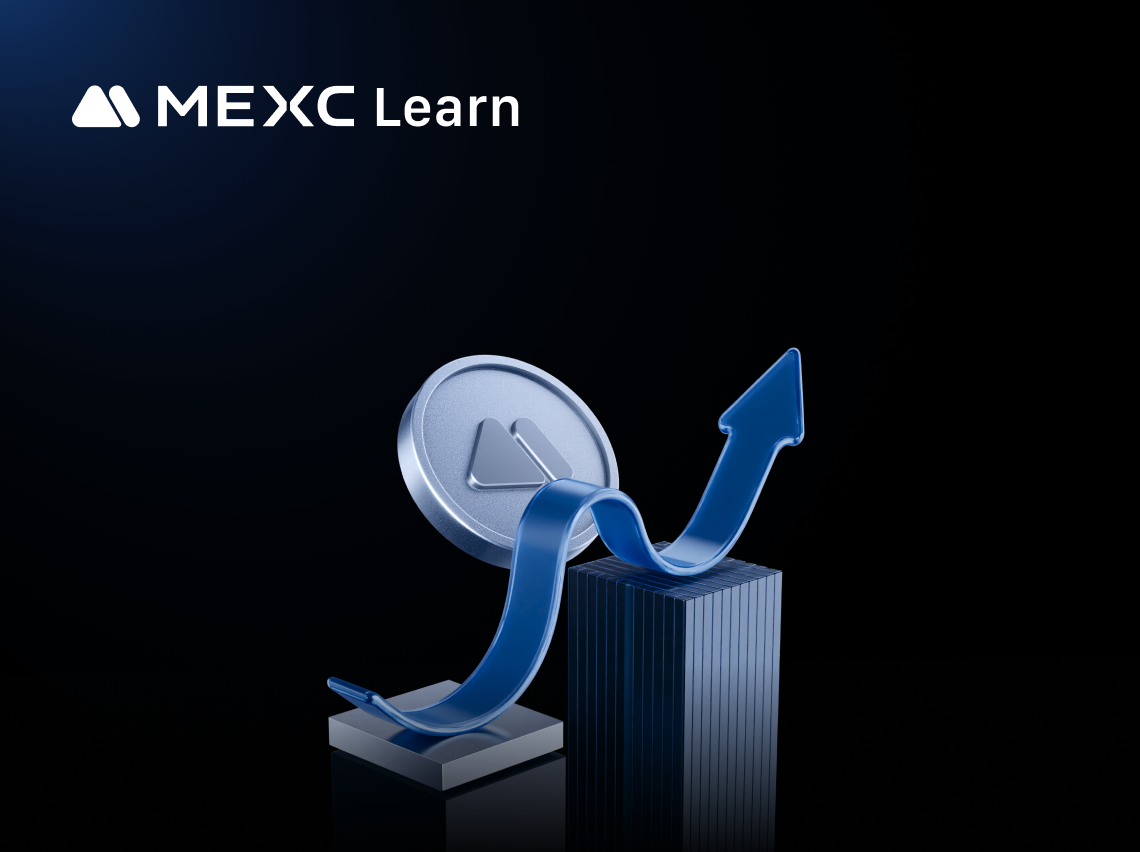
hadtotakeprofits sir (HTTPS) Spot Trading Platform Comparison: Why MEXC Leads the Market
Choosing the right hadtotakeprofits sir (HTTPS) spot trading platform can significantly impact your trading success. MEXC stands out among cryptocurrency exchanges with superior features, competitive
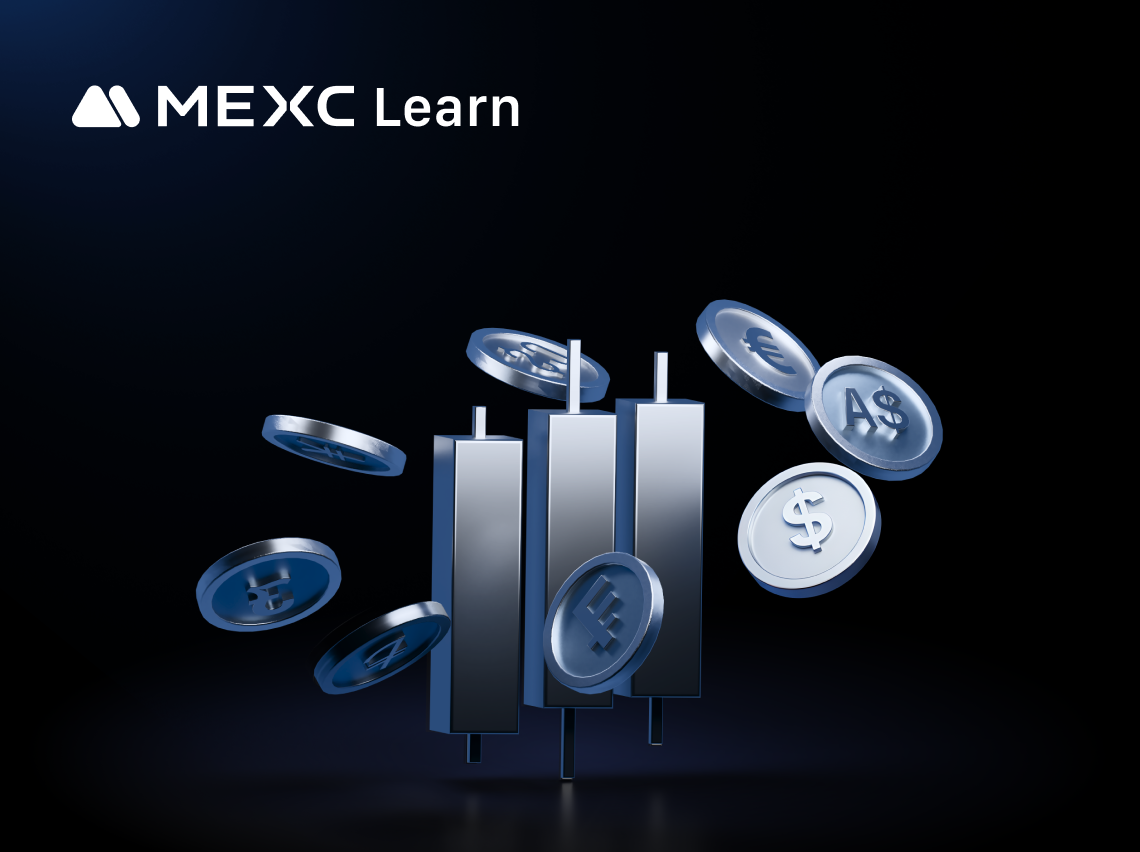
Hadtotakeprofits sir (HTTPS) MEXC Spot Trading App: Your Gateway to Mobile Trading
The MEXC spot trading app revolutionizes how you trade hadtotakeprofits sir (HTTPS) with industry-leading zero maker fees and access to over 3,000 trading pairs. As one of the world's most trusted cry
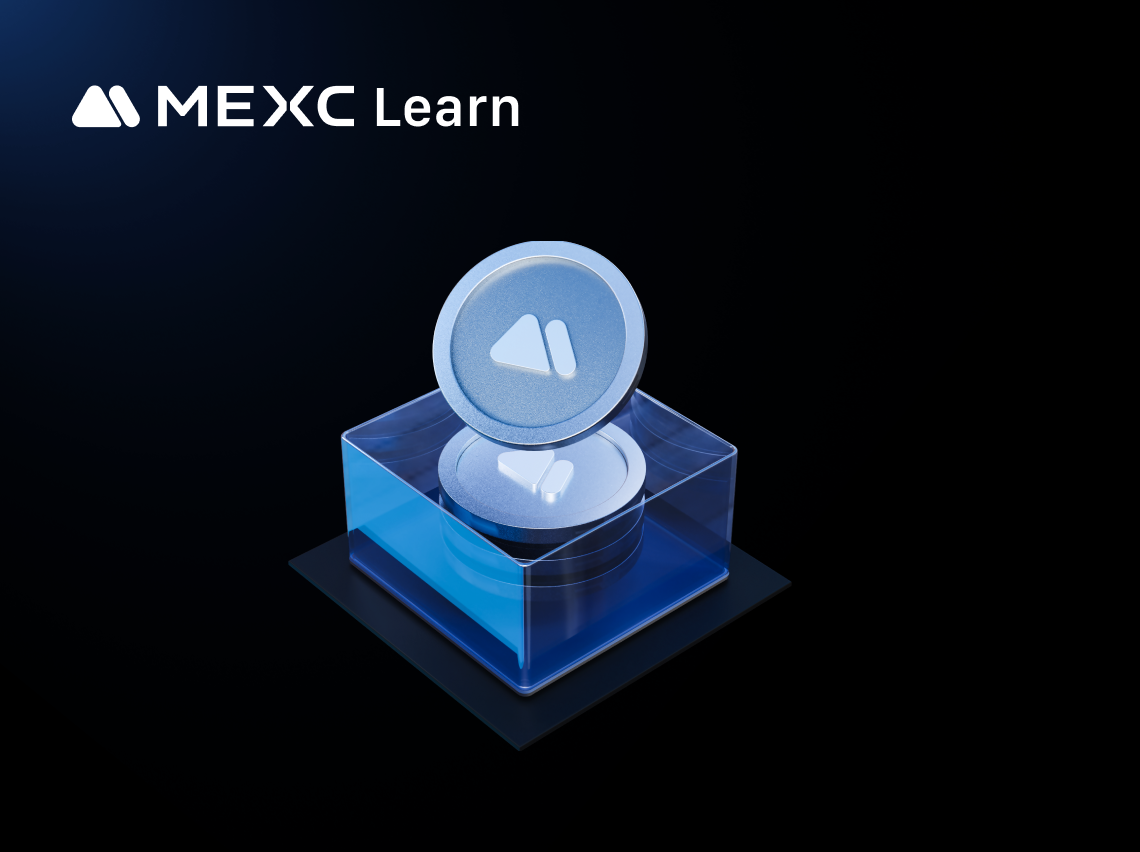
hadtotakeprofits sir (HTTPS) Spot Trading Strategies: A Beginner's Guide
Spot trading involves buying and selling cryptocurrencies for immediate delivery at current market prices. For beginners looking to trade hadtotakeprofits sir (HTTPS), understanding effective spot tra
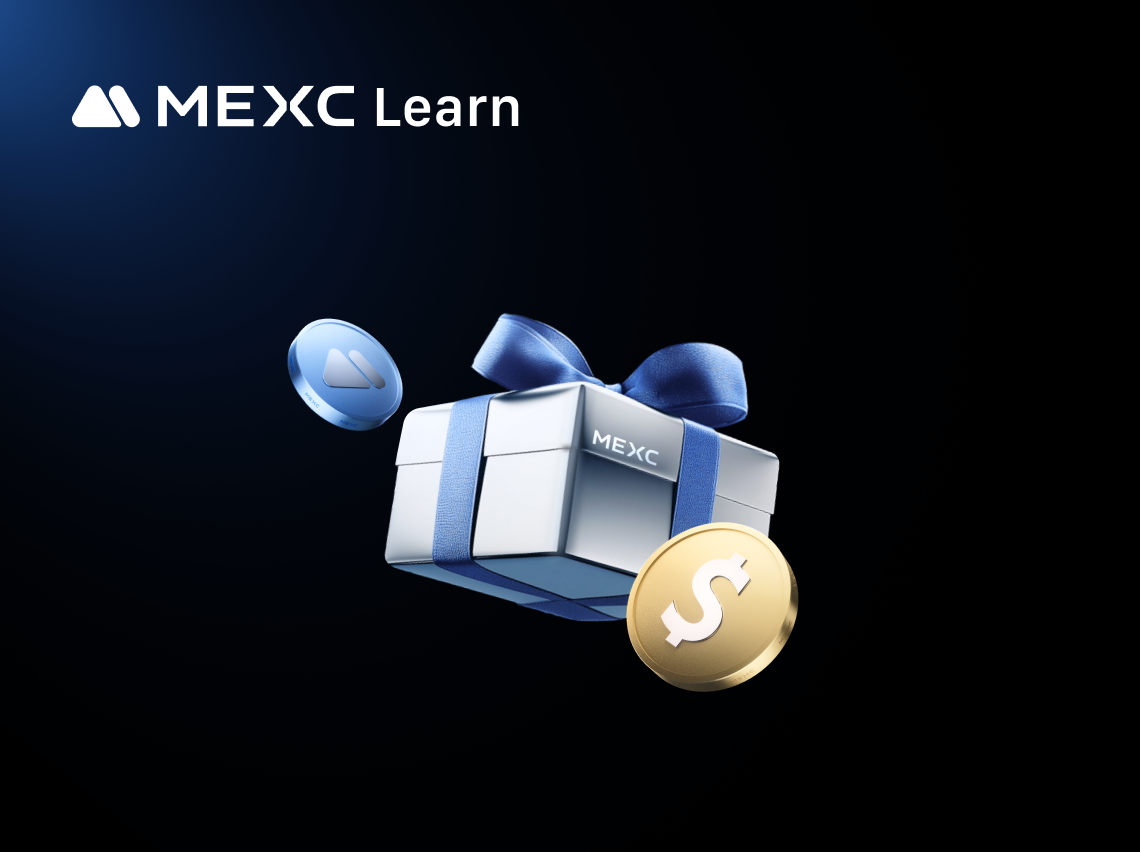
hadtotakeprofits sir (HTTPS) MEXC Spot Trading Fee: Complete Guide for Beginners
Understanding MEXC spot trading fees is crucial when trading hadtotakeprofits sir (HTTPS). MEXC operates on a maker–taker fee structure with 0% fees for makers and 0.05% fees for takers on spot market
Trending News

UK inflation stays high, potentially pausing interest rate hikes
The post UK inflation stays high, potentially pausing interest rate hikes appeared on BitcoinEthereumNews.com. Key Takeaways UK inflation remains significantly above the Bank of England’s 2% target. P

UK and US Seal $42 Billion Tech Pact Driving AI and Energy Future
The post UK and US Seal $42 Billion Tech Pact Driving AI and Energy Future appeared on BitcoinEthereumNews.com. Key Highlights Microsoft and Google pledge billions as part of UK US tech partnership Nv

DOGE ETF Hype Fades as Whales Sell and Traders Await Decline
The post DOGE ETF Hype Fades as Whales Sell and Traders Await Decline appeared on BitcoinEthereumNews.com. Leading meme coin Dogecoin (DOGE) has struggled to gain momentum despite excitement surroundi
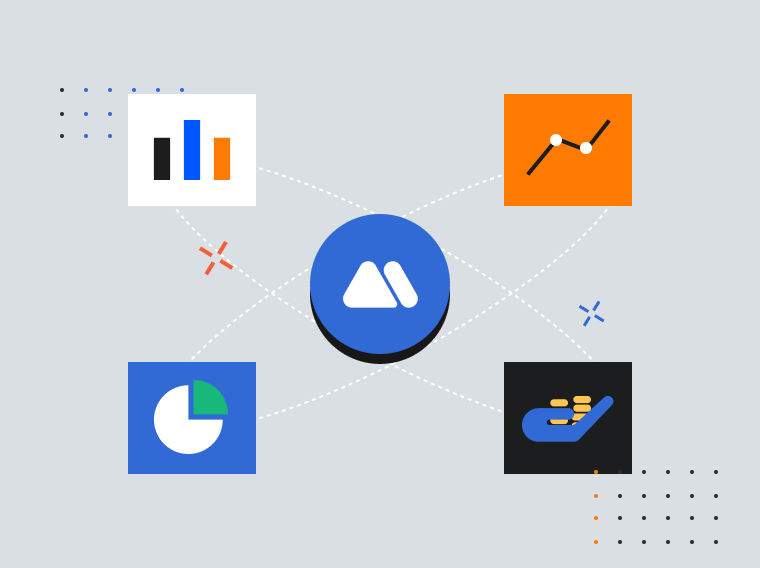
China Merchants Bank: The yen carry trade may undergo a sustained reversal, exerting long-term downward pressure on global asset liquidity.
PANews reported on December 20th that, according to a research report released by China Merchants Bank, the Bank of Japan raised interest rates by 25 basis points
Related Articles

MEXC Futures Funding Rates: How to Check, Calculate & Optimize Costs
Have you ever experienced this? You predicted the market direction correctly in a futures trade, yet your profits kept shrinking, or your balance mysteriously dropped? The culprit might be something m

MEXC Advanced Futures Trading Strategies: Take Profit to Lock in Gains
When trading futures, successfully opening a position is only half the battle. The key to determining the success of a trade lies in closing it effectively: locking floating profits on the books into

Zero Threshold, Zero Slippage: How to Trade U.S. Stock Futures on MEXC
Recently, AI-related stocks have soared, and tech giants continue to hit new highs, once again drawing global attention to the U.S. stock market. However, for most crypto users, entering the tradition

Futures Leverage Trading Guide: Master 2x-500x Futures Strategies & Risk Control
Understanding how leverage works, when to use different leverage levels, and how to manage associated risks is essential for any market participant. This article offers an in-depth look into the funda
